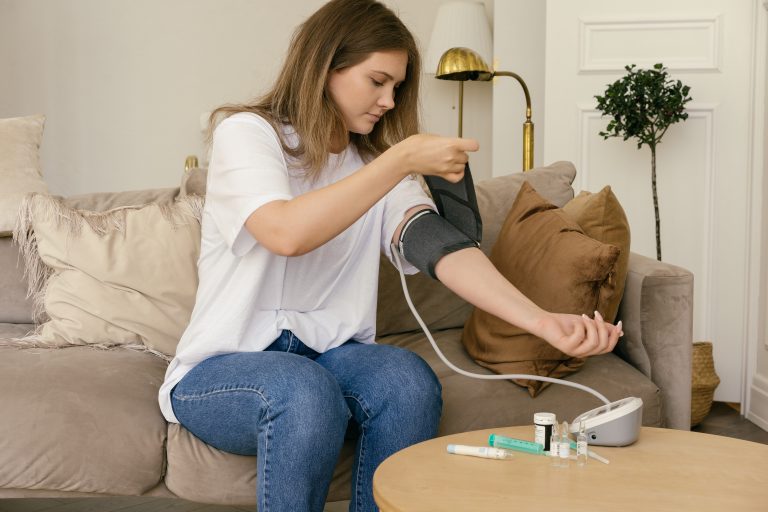
Men’s Reproductive Detox: How Ayurveda Can Help
Do you ever get an itch or foul smell down there that just keeps coming back? Are you over 40 and concerned about prostate problems? Do you find you lack motivation and sexual drive? If so, you may be in need of a men’s reproductive detox.

A men’s reproductive detox can spare you from the nasty symptoms described above from developing into chronic diseases and even the worst case scenario – cancer. Prostate cancer in particular is the second most common cancer diagnosed in men in Australia, with 1 in 7 men being diagnosed with it by the age of 85. To avoid going down that road, you must heed the warning signs your body may be sending you and address them as soon as possible. Thankfully, Ayurveda can help you do that.
Read more about prostate problems – Ayurvedic approach to managing prostate problems and prostatitis
Changes and Warning Signs
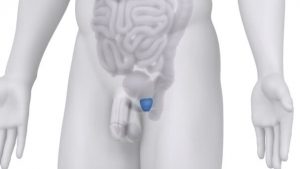
A man’s reproductive system is comprised of the penis, the testicles, the duct system and the accessory glands (which include the prostate gland). After the age of 40 and by the age of 50, these reproductive organs begin to change and, gradually, decline.
While men do not experience major, rapid changes like women at the same age, they still go through a phase that may be taxing on their on their mental, emotional and physical wellbeing.
Some of these changes include and may appear as:
- Erectile dysfunction
- Sclerosis of the testes and sperm tubes
- Decrease in testosterone
- Enlargement of the prostate gland as one ages
- Changes in urination
- Changes in sex drive, sexual response and intensity
- Lower sperm count
- Lower energy levels
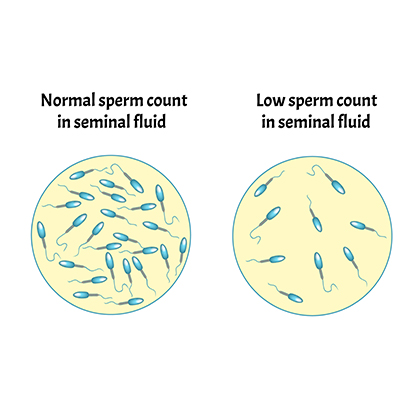

These changes are perfectly normal and can be managed holistically with advice from an Ayurvedic practitioner. But there are additional warning signs that may indicate that something is wrong. Such symptoms may call for an immediate male reproductive system cleanse and include:
 Urinary tract infections (UTI) and relevant symptoms (difficulty urinating, odour, pain, etc)
Urinary tract infections (UTI) and relevant symptoms (difficulty urinating, odour, pain, etc)- Chronic erectile dysfunction (before the age of 40)
- Jock itch
- Prostate enlargement that produces cyst(s)
- Lower back pain
- Lower abdominal pain
- Mental and emotional disorders (stress, depression, lack of motivation, low life force)
- Feeling sluggish mentally and physically
- Skin rash or warts on genitals (infection)
- Chronic digestive problems
- Low sexual drive when nothing else seems to be wrong
Read more about Ayurvedic Approach to Erectile Dysfunction : Erectile Dysfunction (Impotence) Causes and Treatment
The aforementioned symptoms may only be the tip of the iceberg when it comes to men’s health. They not only signify an accumulation of toxicity and nutrient depravity, but they may also be trying to signal an underlying condition. Thankfully, the root cause can be found and successfully treated with a natural, holistic detox procedure. But how is this done?
In our Ayurvedic clinic, we have been successfully helping patients detox through Panchakarma for two decades. Panchakarma is a popular Ayurvedic rejuvenation experience that can be tailored for you only by a professional Ayurvedic practitioner. In the case of men’s detox, you may be treated externally or internally, depending on the underlying cause of your Ama (toxin) Accumulation. Common treatments for male reproductive system cleanse include:
- A colon detox (enema)
- An Ayurvedic herbal preparation (including detoxifying herbs such as Punarnawa, Manjistha and Gokshur).
Read more about Panchakarma detoxification: Yatan Panchakarma Detox Program and additional Ayurvedic detox blog articles
Your detox experience, however, does not end at the Ayurvedic Clinic. Implementing self-care tips at home may be recommended but also necessary to ensure the optimal health of your reproductive system.
Our Ayurvedic practitioners recommend implementing the following men’s reproductive detox tips for 10 days (or long-term, if you wish so):
- Add aphrodisiacs to your diet. In Ayurveda, we understand that there is a deep correlation between a man’s reproductive system and his digestive system. Therefore, diet is essential to healing conditions related to the reproductive system. Asparagus is a well-known nutrient-packed digestive aid and aphrodisiac that can benefit your overall health. Ginseng is also proven to improve erectile function and relax the genital muscles, improving overall circulation and energy levels.

- Cut back on sugars, gluten, carbs and fat. You don’t want to add more inflammation to an already inflamed part of your body, do you? Sugar, particularly when mixed with carbohydrates and fat, is notorious for provoking inflammation and encouraging bacteria to grow out of control. Gluten similarly inflames the gut and disrupts proper digestion. Opt for healthier foods instead, like whole foods, cooked vegetables, lean meats and brown rice.
- Up your water intake. Drinking a glass of water at 6am in the morning is great for flushing out your kidneys and boosting your immunity and energy levels first thing in the morning. But drinking water throughout the day is also essential, particularly when dealing with an infection or inflammation. Aim for 10 cups (2.6 litres) per day, but make sure you consume any water an hour before your meals.

- Wash daily. The genital area is a hub for bacteria. Washing the area daily with a very mild non-fragrant soap, or even plain water, is often enough to keep the nasties at bay. If you work out or sweat often, make sure to wash immediately after or at least use a baby-wipe, even if you’ve already had a shower that day.
- Eat fruits, but skip the acidity. Add fruits to your diet, which are anti-inflammatory and packed with nutrients, but do avoid acidic fruits such as limes, lemons, oranges, and tangerines as they will only disrupt your pH balance.
 Try Yoga Therapy. You don’t have to be the ultra-flexible type to practise Yoga for health reasons. Some simple postures (asanas) and yogic breathing techniques (pranayamas) may be all you need to pump up your circulation, immunity and fertility functions. Recommended techniques include:
Try Yoga Therapy. You don’t have to be the ultra-flexible type to practise Yoga for health reasons. Some simple postures (asanas) and yogic breathing techniques (pranayamas) may be all you need to pump up your circulation, immunity and fertility functions. Recommended techniques include:
- Ujjayi Pranayama (Ocean Breath)
- Ashwini Mudra (Horse Gesture)
- Uddiyana Bandha (Abdominal Lock)
- Uttanasana (Forward Bend)
- Yoga Mudras
For those untrained in Yoga, you can sign up for our Online Yoga Course or have a Yoga Therapy consultation with Raman Das.
Read more about Yatan Yoga Therapy : What is Yatan Yoga? and Yatan Yoga Therapy Consultations
Looking for a customised, all-natural and drug-free way to detox your reproductive system while preventing prostate problems?
Contact us for a free no-obligation Ayurvedic Consultation today!
Frequently Asked Questions
What are 5 male reproductive problems disorders?
Five Male Reproductive Problems/Disorders:
- Erectile Dysfunction
- Premature Ejaculation
- Low Sperm Count
- Varicocele
- Testosterone Imbalance
What is the need for male reproductive system cleanse ?
A cleanse for the male reproductive system may help an individual remove toxins, improve blood circulation, and balance hormonal levels. This may improve overall reproductive health, sperm quality, and support fertility.
How do you detox your men’s reproductive system?
Men’s reproductive detox involves adopting a healthy lifestyle. It includes eating nourishing foods, staying hydrated, exercising regularly, and managing stress. Consuming herbs like Ashwagandha and Shatavari can help balance hormones and support reproductive health.
Should a man go for a reproductive system detox before conceiving?
A preconception detox might be beneficial to improve sperm health and overall reproductive function. Consulting an Ayurvedic practitioner is advisable before starting any detox regimen.
Is detox good for fertility?
Detoxifying the body can improve fertility by reducing stress, balancing hormones, and enhancing the overall health of reproductive organs.
What is the best technique for men’s reproductive detox?
The best techniques for men’s reproductive detox may include a balanced diet, regular exercise, stress management, staying hydrated, going for seasonal Panchakarma and incorporating Ayurvedic herbs that support reproductive health.
What are the three best yoga for male reproductive health?
The three best yoga for male reproductive health are:
- Ujjayi Pranayama (Ocean Breath)
- Ashwini Mudra (Horse Gesture)
- Uddiyana Bandha (Abdominal Lock)
Can Ayurveda treat low sperm count?
Ayurveda addresses low sperm count through dietary changes, stress reduction, lifestyle modifications, and the use of specific herbs like ginseng, Gokshura and Shilajit.
What Ayurvedic herbs should one consume for a better men’s reproductive health?
Prominent herbs include Ashwagandha, Shatavari, Gokshura, and Shilajit. These herbs may help balance hormones, enhance libido, and support fertility. To learn how to use these herbs and how to manage better reproductive health, call us on 1300 552 260.
How can Ayurveda help in increasing male fertility?
Ayurveda focuses on a holistic approach to male fertility by looking at diet, lifestyle, stress, and using herbs and therapies to balance doshas, improve sperm quality, and optimise overall reproductive health.
Please note that individual needs and conditions may vary, so it’s important to consult with a qualified Ayurvedic practitioner before making any significant changes to your diet or lifestyle.
All information and resources referenced in this article, including medicinal preparations, exercise and dietary recommendations, are based on the opinion of the author. All content is intended to inform and encourage the reader to seek professional advice if the aforementioned conditions and symptoms are present. No information in this article should be considered a diagnosis or prescription.

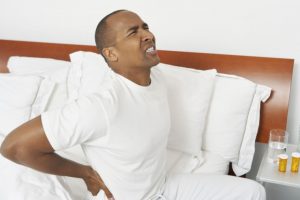 Urinary tract infections (UTI) and relevant symptoms (difficulty urinating, odour, pain, etc)
Urinary tract infections (UTI) and relevant symptoms (difficulty urinating, odour, pain, etc)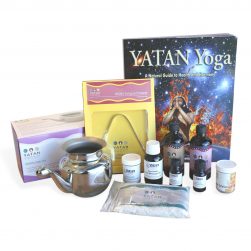
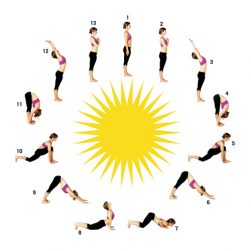


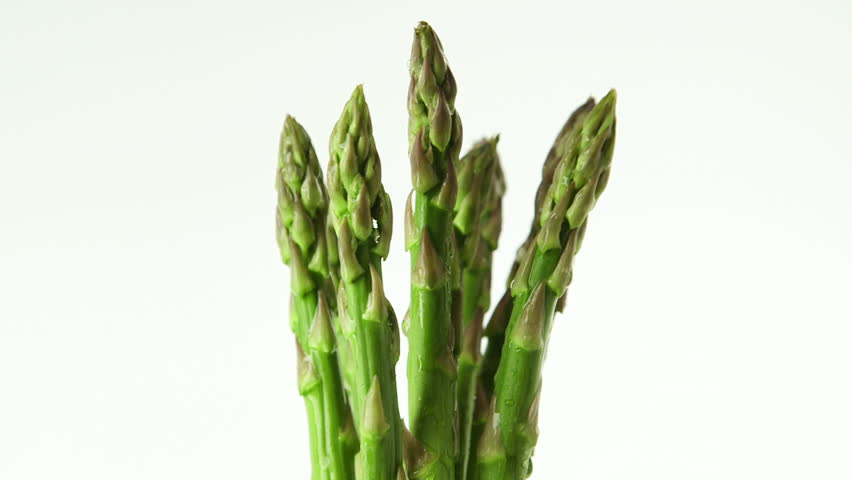
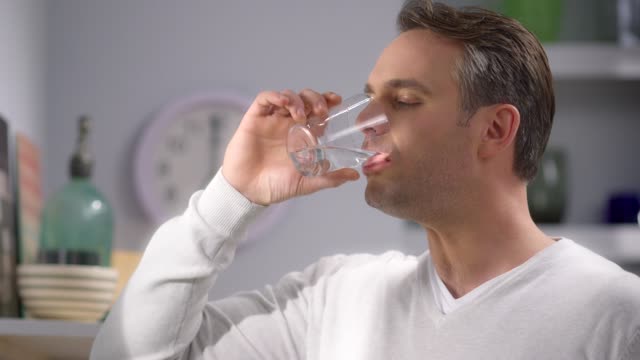
 Try Yoga Therapy. You don’t have to be the ultra-flexible type to practise Yoga for health reasons. Some simple postures (asanas) and yogic breathing techniques (pranayamas) may be all you need to pump up your circulation, immunity and fertility functions. Recommended techniques include:
Try Yoga Therapy. You don’t have to be the ultra-flexible type to practise Yoga for health reasons. Some simple postures (asanas) and yogic breathing techniques (pranayamas) may be all you need to pump up your circulation, immunity and fertility functions. Recommended techniques include:

